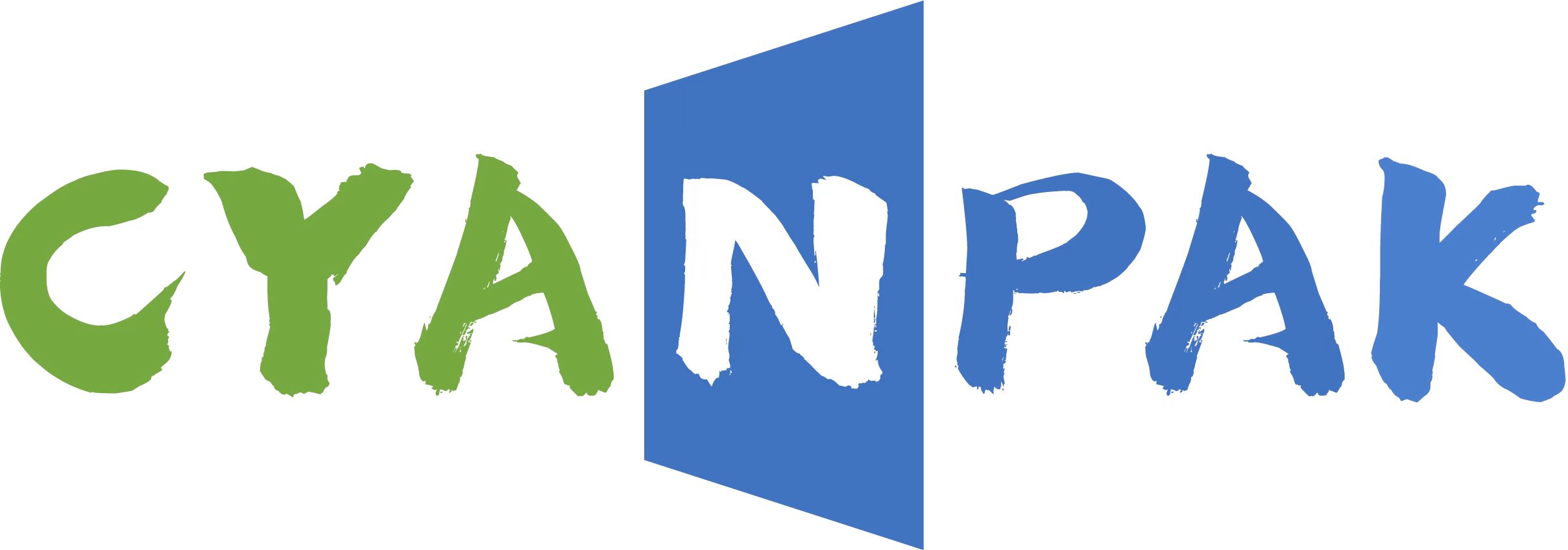Flexible packaging is popular among coffee roasters worldwide, and for good reason.

It is adaptable, economical, and customizable. It can be made in a variety of hues, materials, and dimensions. It may be composted in as little as 90 days or used repeatedly.
It can also have a variety of extra parts put to it to protect the coffee, improve convenience, and improve the pouch's overall appearance. The most well-liked ones include degassing valves, transparent windows, and resealable zippers.
Both for whole bean and per-ground coffee, their inclusion should be taken into account even though it is not strictly necessary.
Roasters risk losing out on sales if they don't design items that are simple to use since consumers are placing an increasing emphasis on convenience above other aspects like cost, performance, and even sustainability. Learn about the greatest coffee bag features and how they may help your business.
Transparent windows


It can be challenging to know what to include when creating packaging that best represents your coffee. While it's important to provide customers a clear understanding of what they're purchasing, you shouldn't provide them with too much information. Particularly for individuals who are just beginning to buy coffee, too much information might be confusing and intimate.
Integrating a transparent pane into the coffee bag is one technique to achieve equilibrium. Customers can see what is inside the bag before they buy it thanks to a straightforward design element called a transparent window.
Customers should have a thorough grasp of what they're buying, but you shouldn't give them too much information. Too much information may be perplexing and private, especially for those who are just starting to purchase coffee.
One method to achieve balance is to incorporate a transparent window inside the coffee bag. A simple design element known as a transparent window allows customers to view what is inside the bag before they purchase it.
Customers should fully understand what they are purchasing, but you shouldn't provide them with excessive details. For individuals who are just starting to buy coffee, too much information may be confusing and private.
The inclusion of a transparent window within the coffee bag is one way to create equilibrium. Customers can see what is inside the bag before they buy it thanks to a straightforward design element known as a transparent window.
Transferring the coffee into an airtight container would seem like an easy option, but it isn't always practical. While the carbon dioxide (CO2) that is still escaping from the coffee has nowhere to go, it may cause spills.
As an alternative, many roasters decide to include resealable zippers in their flexible coffee bags. Customers can reseal their pouches after they've been opened to maintain the coffee's freshness and extend its shelf life. They are also known as ziplocks or pocket zippers.
Simple devices known as resealable zippers feature an interlocking ridge and groove that, when pressed together, create a secure seal.
Customers find the ease of opening and closing the zippers to be very convenient, as it enables them to keep their coffee in its original packaging and prevents it from going bad.
Degassing valves
The degassing valve may have only recently entered the coffee industry, but when it was first made available in the 1960s by the Italian company Goglio, it drastically altered how businesses viewed coffee packaging.
The ostensibly straightforward gadget allows roasters to use flexible packaging without worrying about it bursting or their coffee going bad. Additionally, it provides consumers with the unintended but useful bonus of being able to smell the coffee inside.
A rubber sheet in the degassing valve bends up when CO2 is released from the coffee as the atmosphere within the bag rises, which is how it works. As a result of a strong base underneath the rubber sheet, air is forced out but is not allowed to enter.
As a result, the bag does not inflate since the CO2 escapes and oxygen cannot enter, preventing the development of rancidity in the coffee. This is beneficial when coffee is being transported and stored, especially for an extended period of time.
Small degassing valves can be positioned to blend in with the overall aesthetic of the coffee bag. They don't pose issues when piled on a shelf because they are contained inside the bag.
They were always made of polymers that were challenging to recycle when they were put up for sale. Customers would therefore need to cut the degassing valves out using scissors before recycling the remaining portions of the bag.
Degassing valves can now be recycled with the rest of the package thanks to recent improvements, nevertheless.
Specialty coffee roasters have an undisputed preference for flexible packaging. It is reliable, adaptable, widely accessible, and reasonably priced. Flexibility in coffee packaging is desirable to many since it can accommodate extra features.
All of these features, from resealable zippers to transparent windows, can help increase convenience and enhance the bag's functionality while extending the coffee's shelf life.
At CYANPAK, our talented design team can work with you to develop the ideal coffee packaging, from the color scheme and typefaces to the materials and extra features. Our kraft paper, rice paper, LDPE, and PLA pouches are all sustainable, while our BPA-free degassing valves are 100% recyclable. All of our pouch varieties, including side gusset bags, flat bottom bags, and quad seal pouches, can be customized to meet your needs.
For micro roasters, we also offer a number of low minimum order quantity (MOQ) solutions, starting at just 1,000 units.
Post time: Nov-25-2022

